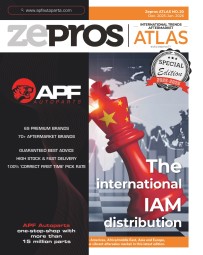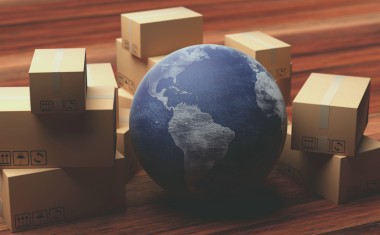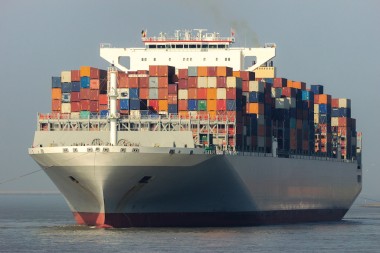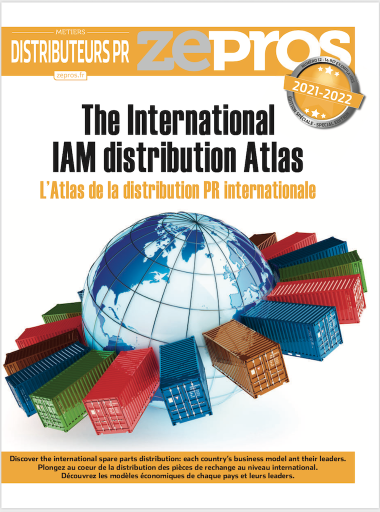
[Atlas] Has the time come to relocate?

Parts manufacturers are now talking about relocating even though the crisis is not yet over. It must be said that whatever the industrial sector, no one really imagined that the crisis in demand, caused by the global lockdowns of 2020, would generate such a lasting global supply crisis. The few who had sensed it imagined it to be much more transitory.

But with an unprecedented crisis come unforeseeable consequences. Suppliers’ supply chains could not cope with the combination of production surges, shortages of raw materials and additional transport, fuel and energy costs. What happened? Before the crisis, 90 million inexpensive containers plied the seas while another 600 million were in rotation in ports around the world. This beautiful system that made low-cost production go global came to a halt with lockdowns. The recovery came, the world’s ports remained congested, for lack of available ships and containers. The reliability of shipping has fallen to an all-time low as the price of a container has risen from $2,000 to $15,000. The cost of the “China-Rest of the World” trip has suddenly become prohibitive. The dominant “factory of the world” would have preferred another scenario just as its labour costs became less attractive. Twelve years ago, it was twenty times cheaper than in most of western Europe. In 2022-2023, it will be “only” two to three times less. A simultaneous crisis in maritime transport is becoming structural. Manufacturers know that it still has to finance the immense challenge of reducing its very heavy carbon footprint.
China shaken
The centre of gravity is moving. “By exposing the vulnerabilities of existing supply chains, the disruption caused by Covid has reignited the debate on globalisation and the supply chains of the future” confirms the United Nations Conference on Trade and Development – UNCTAD – in its Review of Maritime Transport 2021. It foresees a mixture of relocation, diversification, re-production and regionalisation. This is exactly what most OEMs are already suggesting.
Durably less competitive, China is also becoming geo-strategically suspect. It threatens Taiwan, which is home to the semiconductor giant TSMC. It covers half of the world’s demand and meets 85% of the planetary needs for semiconductors of less than 7 nm alone, the ones that power processors. No wonder Intel has seized the opportunity to schedule production in plants in more secure locations. China will have to face competing locations including Turkey, the Maghreb, Thailand, Malaysia, Vietnam and Mexico. It will certainly take time, but it will also be an opportunity for parts suppliers - as for many other industrial sectors - to disguise these financially and logistically pragmatic emergencies as virtuous environmental concerns.
Jean-Marc Pierret







